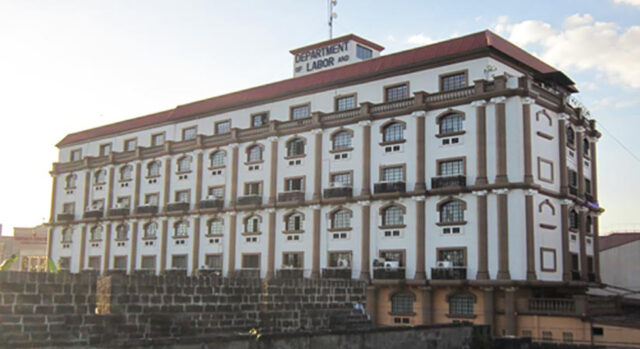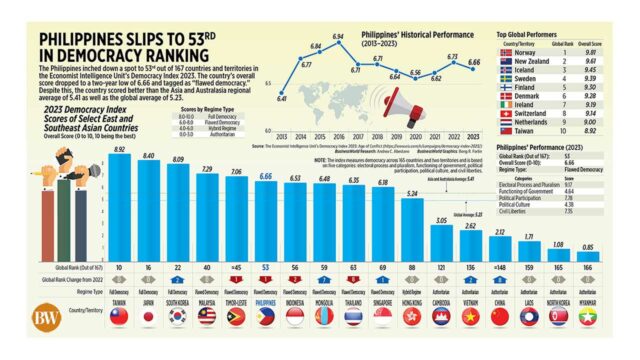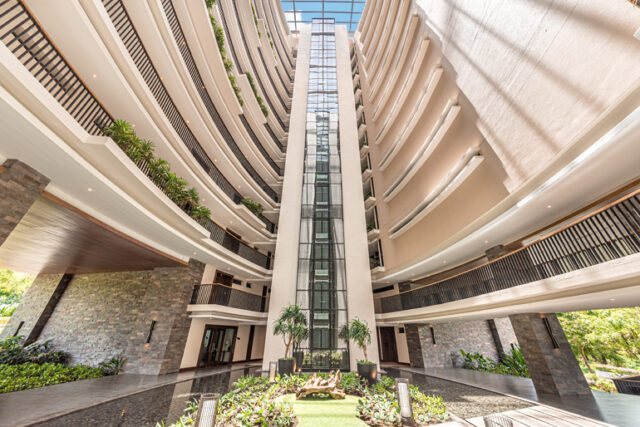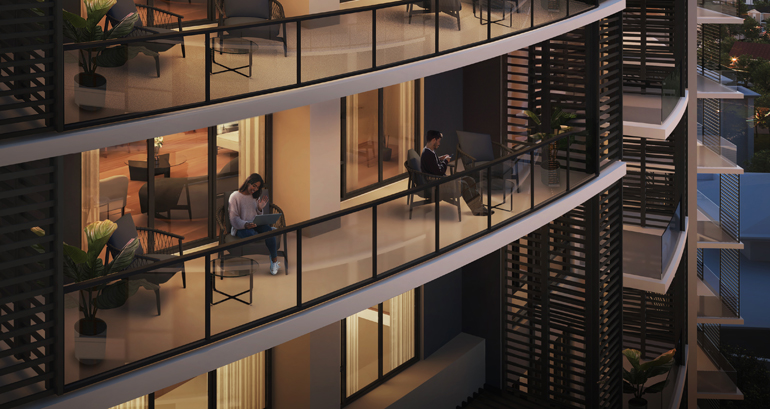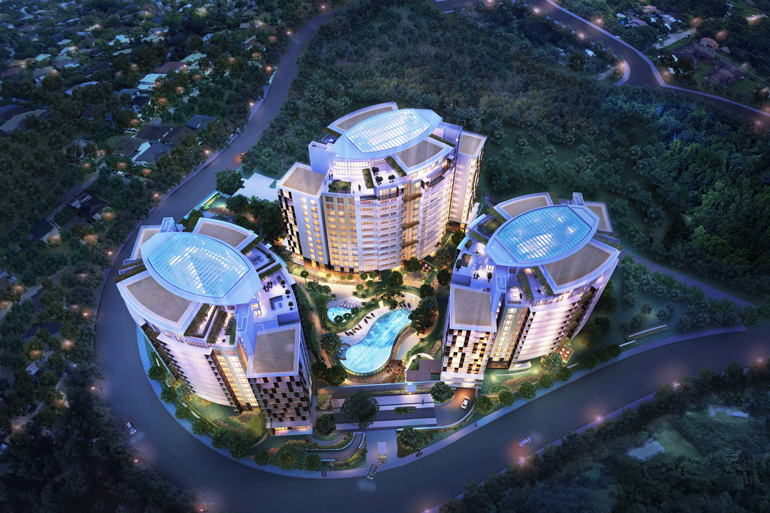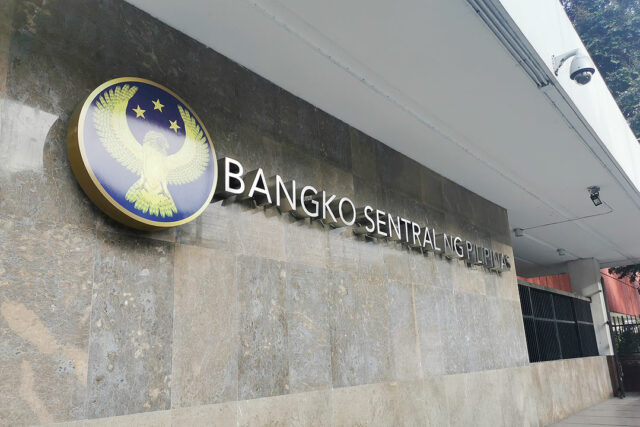When people think of luxury, they often think of five-star hotels, red carpet galas, royal weddings, and the myriad of mansions that catch the public eye. This is hardly illustrative of modern luxury living today, however.
For every high-end celebrity crib, there are hundreds if not thousands of luxury homes that are content with being hidden away from the grandeur and the spotlight, but offering no less of the refinement that modern living can offer.
This is because luxury comes in many forms. Stunning architecture, clever engineering, state-of-the-art and technology-enabled amenities, among other factors, constantly push the leading luxury properties in the world forward, in service of the ever-changing desires and expectations of the discerning buyers who can afford them.
The Philippines is no stranger to this constant development. According to real estate experts Santos Knight Frank, Manila was the fastest growing market for luxury residential real estate with a price spike of 21.2% for 2023.
“Strong investor confidence in the Philippines during the current Ferdinand R. Marcos, Jr. administration has buoyed the real estate market despite rising interest rates,” Rick Santos, chairman and CEO of Santos Knight Frank, said.
“The luxury residential space is one of several sectors where we’re seeing encouraging market activity. Pent-up demand for prime properties, the return of the residential leasing market, and the tight supply of developments have contributed to significant price appreciation especially in central business districts.”
But how exactly is Philippine changing?
Worldwide, the trend of culturally enhanced experiences has been making its way into the luxury real estate market, mirroring that of the luxury hospitality industry. Globally-inspired designs are becoming increasingly popular in residential homes as it combines local traditions with global design inspirations to create one-of-a-kind, location-specific luxury experiences.
As a result, and perhaps also bolstered by the Filipino trait of being global citizens, a new “cultural fusion” style is emerging in the Philippines as well.
Some examples of Philippine real estate developments are those with a Mediterranean style like Crown Asia’s Valenza in Sta. Rosa, Laguna; Robinsons Homes’ Brighton Baliuag in Bulacan; Filinvest Land’s Prominence II in Biñan, Laguna; Primary Homes’ Solare in Mactan, Cebu; and Pro-Friends’ Montefaro Village in Imus, Cavite.
Filinvest, in particular, has adopted Asian-inspired styles in a number of its residential properties, like Amarilyo Crest in Taytay, Rizal; Claremont in Mabalacat, Pampanga; Villa Mercedita in Davao City; and the Nusa Dua in Tanza, Cavite.
Similarly, trends in sustainability, which have been gaining traction across all industries, are also starting to show in Philippine real estate. Green roofs, energy efficiency, and smart home systems are some of the characteristics that attract eco-conscious buyers.
The rise of “Eco-Luxe” properties is one of the most striking examples of this transformation in the luxury housing market. This entails eco-friendly living with smoothly integrated high-end design, creating houses that are at one with nature.
High-end real estate is also being built with eco-friendly materials and being planned to incorporate private nature preserves and new, environmentally conscious features like water transportation systems that do not pollute and services that produce no greenhouse gas emissions.
For instance, Botanika Nature Residences in Filinvest City, Alabang is the first township in the Philippines with green certifications from LEED (Leadership in Energy and Environmental Design), the US Green Building Council, and the Philippine Green Building Council (PHILGBC).
The trend is not only for townships either as Alphaland Corp.’s 55-storey Makati Place is a luxurious residential tower designed with efficiency and sustainability in mind, certified Gold by LEED under the administration of the United States Green Building Council (USGBC) rating system.
Finally, the importance of privacy and security is growing among luxury homeowners. There is a growing trend in ultra-luxury real estate of developing exclusive communities that provide residents with increased security and privacy.
Modern luxury real estate not only needs to satisfy the physical needs of their buyers, but their mental needs as well. Increasingly, people are looking for a place to hide from the world and seek the seclusion and peace that these communities provide.
This is evident in the adoption of technological innovations, like state-of-the-art smart home systems and automated security. From controlling lighting and temperature to managing security systems, residents can easily navigate their home with a touch of a button or a voice command today.
Not that this is an entirely new development. Privacy and security have always been paramount in luxury real estate. Gated communities with round-the-clock security personnel ensure that residents can enjoy their home without any worries. Advanced security systems, including surveillance cameras and biometric access control, provide an added layer of protection.
Additionally, luxury properties often feature private entrances, secure parking, and secure storage areas. These measures not only protect the property but also safeguard the privacy and personal belongings of the residents. Whether it’s a high-profile celebrity or a business tycoon, luxury real estate offers the peace of mind that comes with knowing your home is safe and secure.
To create self-contained communities, more and more, high-end developments are also including private clubs, fitness centers, and entertainment venues within their grounds. In addition to increasing the value of these communities, members’ ability for self-sufficiency maximizes their privacy by minimizing the need to wander into more public locations.
The adoption of technology feeds into the development of other trends. Imagine waking up to a house that automatically adjusts the lighting and opens the blinds to let in the natural sunlight. Or being able to control the music and temperature in every room from your smartphone.
Smart home technology not only enhances convenience but also improves energy efficiency, allowing residents to monitor and optimize their energy consumption. Technology like these offer buyers the opportunity to customize and personalize their living spaces according to their unique preferences and tastes.
Owning a luxury property is not just about owning a beautiful home; it’s about living and seeking refinement in life. Of course, there is always the benefit of waking up to panoramic views, indulging in world-class amenities, and enjoying the utmost privacy and security. But modern luxury real estate seeks to offer much more. — Bjorn Biel M. Beltran



